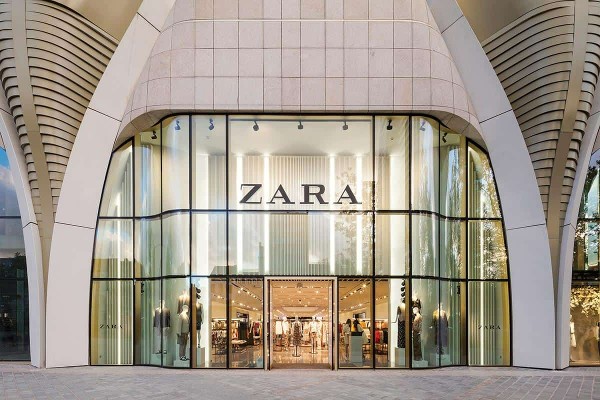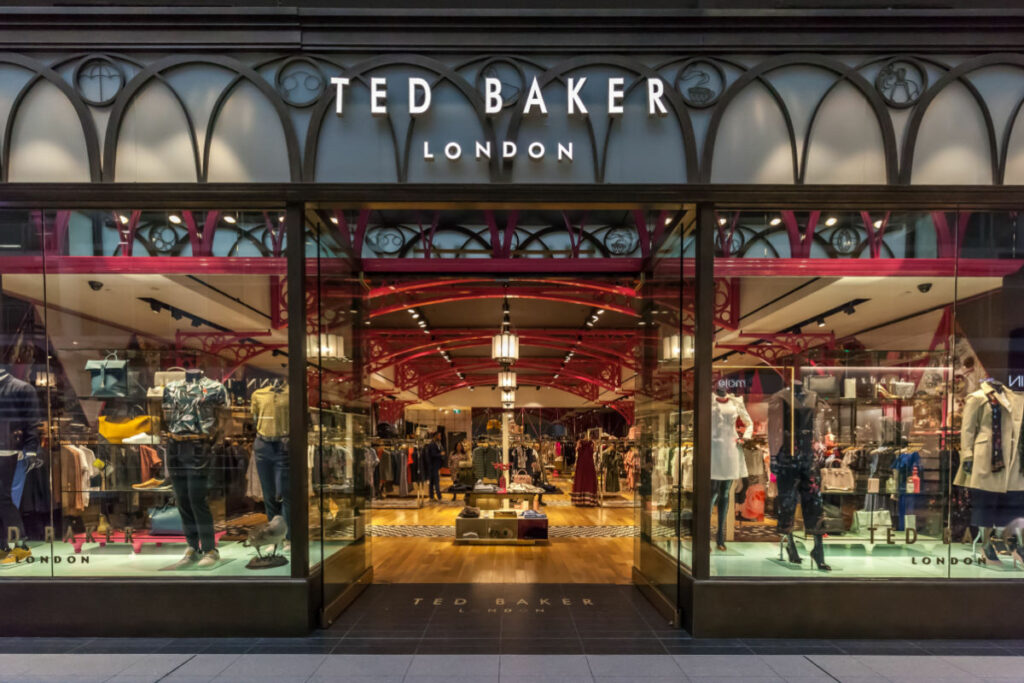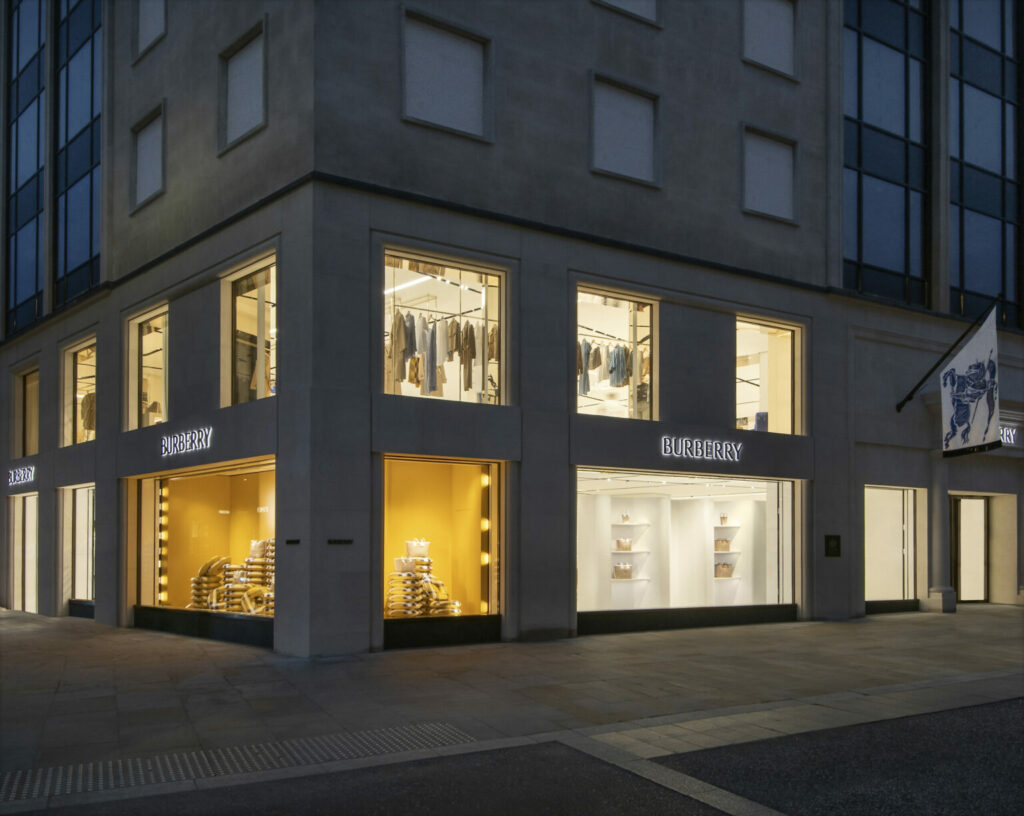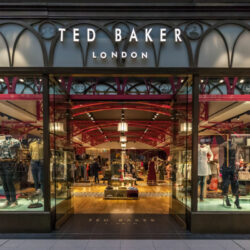Zara owner Inditex posted strong growth in full-year sales and profits this morning and a big reason was the crowds of shoppers heading to its stores.
The Spanish fashion giant, which also owns brands including Pull & Bear, Bershka, Stradivarius, and Massimo Dutti, saw sales rise by 17.5% year-on-year, with uplifts in all key markets.
The group said it was “very satisfied with its performance” across the board in 2022, with stores across all of its markets “performing positively”, which offset its closure in Russia, Ukraine and disruption in Covid-hit China.
With hosts of fashion retailers struggling of late as shoppers tighten their purse strings, what can rivals learn from the world’s biggest fashion retailer?
Focusing on physical stores
Store sales were particularly buoyant at the fashion group, growing by 23%, which it said reflected incremental footfall and increasing store productivity.
This comes despite have 10% fewer shops and a 6% reduction in commercial space compared to 2021.
Inditex clearly believes this shift back to stores is a trend that’s here to stay.
It said it “wants bigger stores” with plans to increase the average space per store by 13%.
This move which makes sense considering sales per store have grown 13% compared to 2019.
The retailer says key to this is “store differentiation”. Its flagship brand Zara’s stores certainly stand out in the mainstream fashion market. It’s sleek, minimalist interior would rival many luxury brands.
However, it has stepped things up of late. Just take a look at its new Battersea Power Station store.
The store, which Inditex’s UK managing director Max Nutz told Drapers was “iconic”, features a range of digital innovations, including a fitting room reservation service, a two-hour click-and-collect, and the ability to search online for items in the store and to check stock availability.
The store also houses a “Pay&Go” area, allowing shoppers to buy items by scanning them with their mobile phones, an automatic online returns point, a self-checkout area, and a customer cardboard recycling area.
Churning stores
In 2022, Inditex opened stores in 33 markets with 201 new shops, 186 refurbishments, which include 94 enlargements.
Much like many other businesses, Inditex has been churning stores to ensure its stores are as profitable as possible.
Speaking on shuttering stores, the fashion giant will continue to identify branches that do not fit its store model alongside those that would be worth absorbing to focus on flagship stores.
The retailer will open and revamping stores in key locations across the US and Europe.
Inditex capital markets director Marcos López said it would open 30 US stores in the next three years, including big stores in New York, Miami, Chicago and other major cities.
The US expansion will help offset the closure of its Russian business in the wake of the country’s invasion of Ukraine.
Russia was Inditex’s second largest market after its Spanish homeland.
As well as the US, it is also looking for new space in London and Paris. Just last week it opened the doors to its first Oysho store in the UK at Westfield London.
Despite having close to 6,000 stores, Inditex still sees big opportunities in taking more space. A sign if ever one was needed that there’s still life in the store.
Click here to sign up to Retail Gazette‘s free daily email newsletter


















